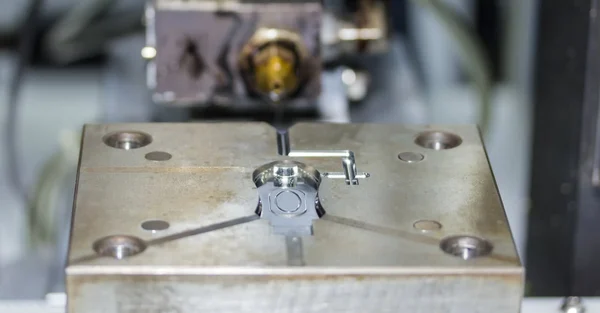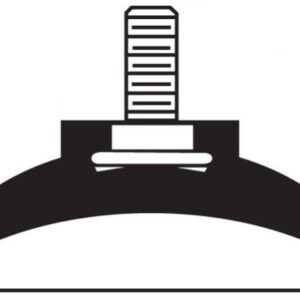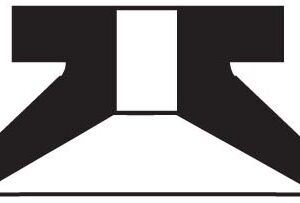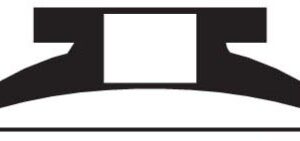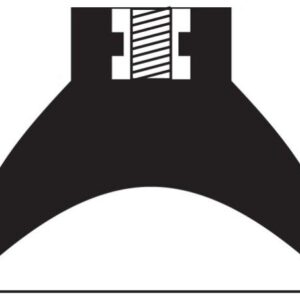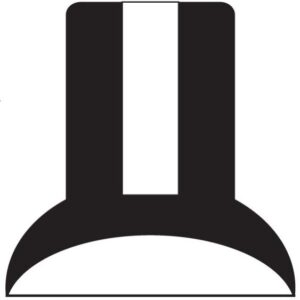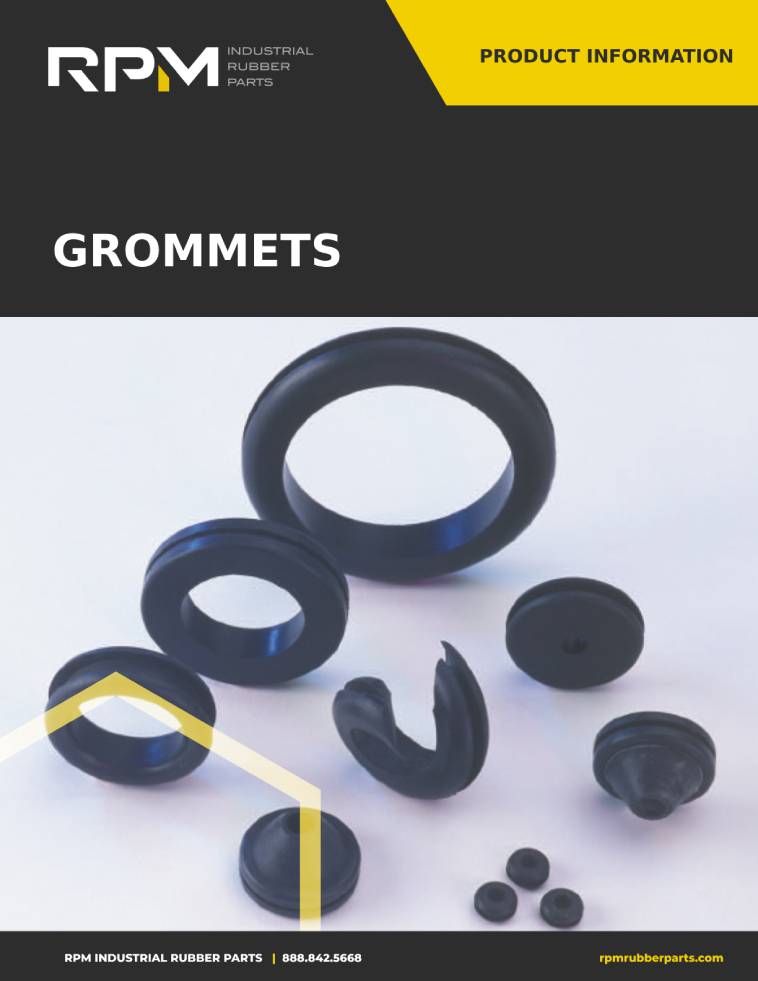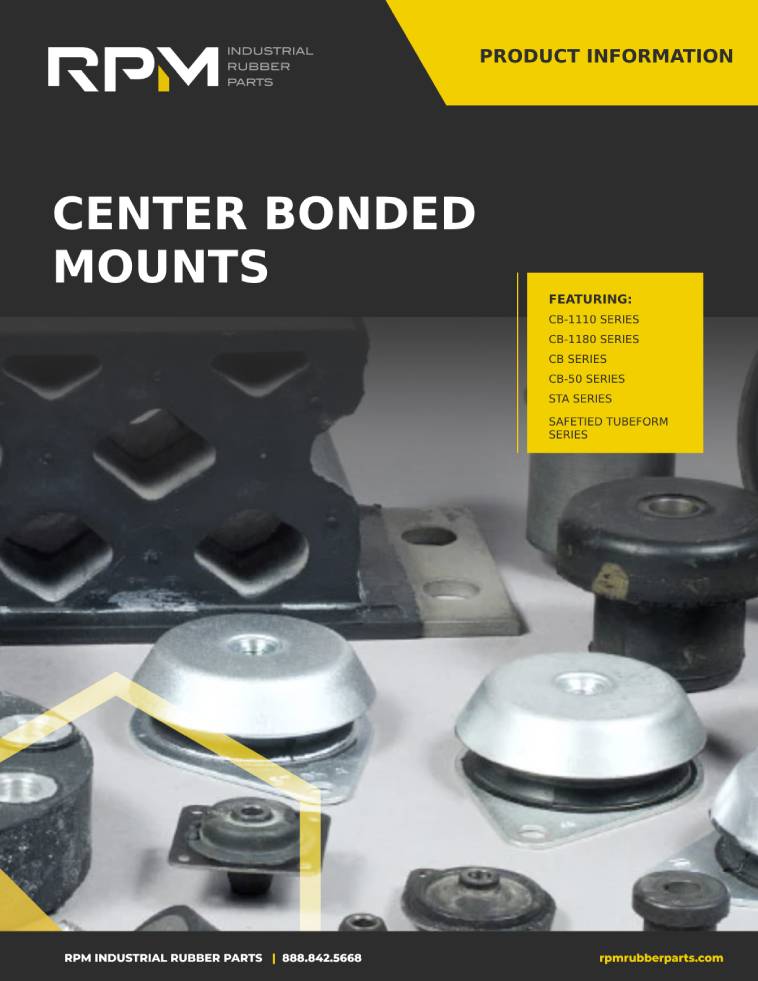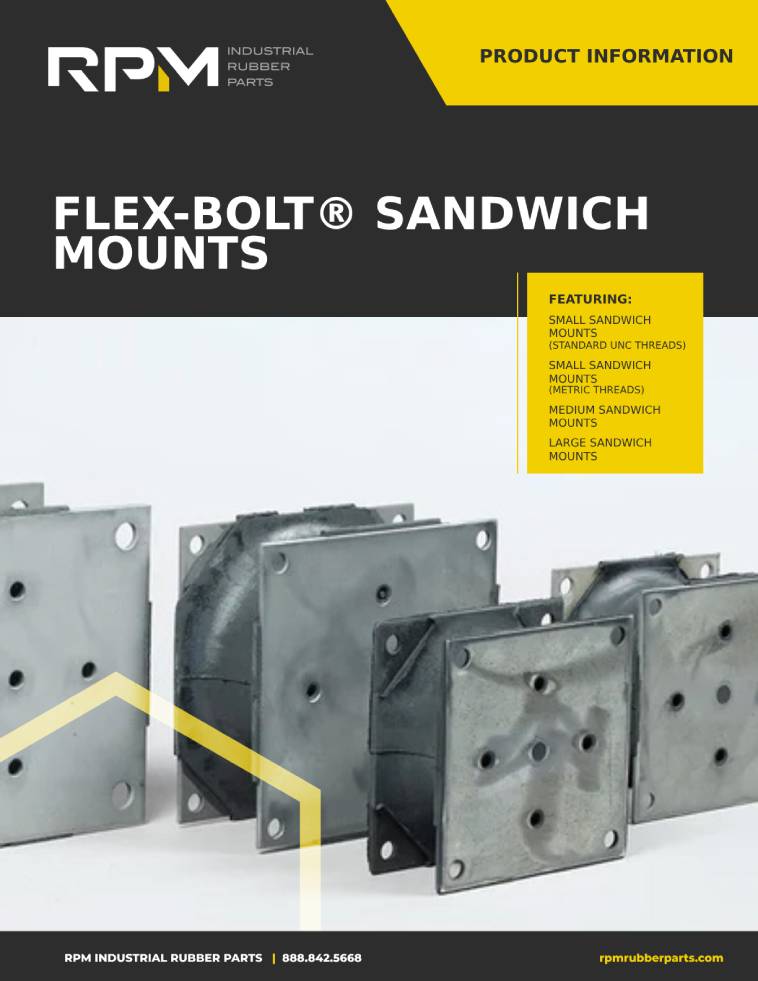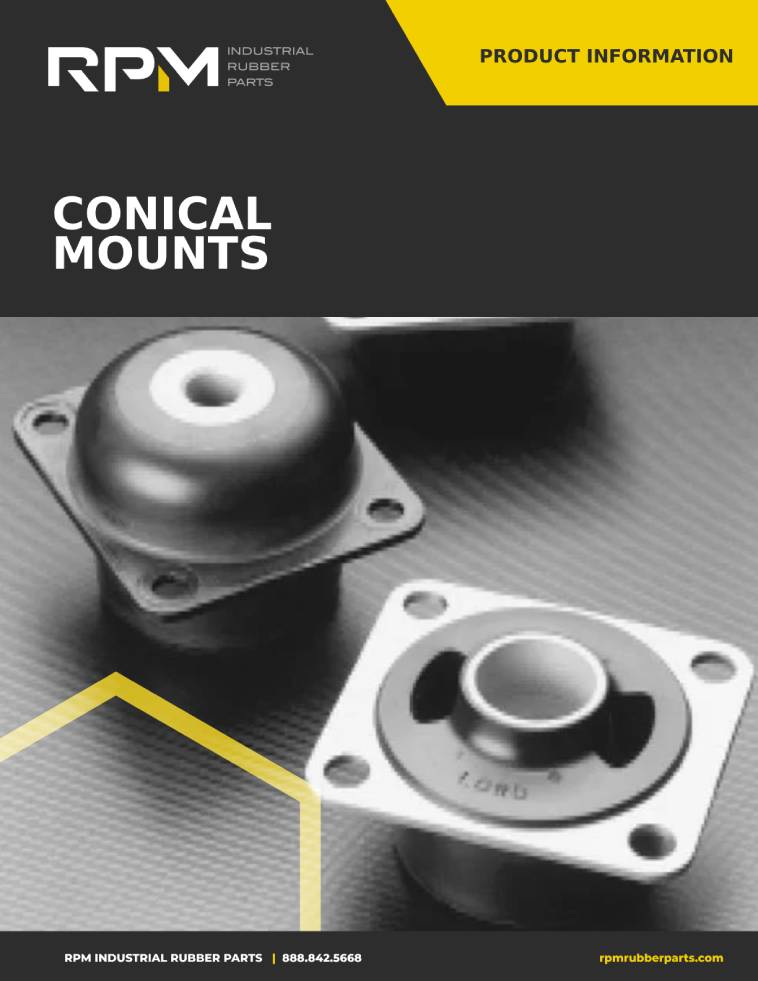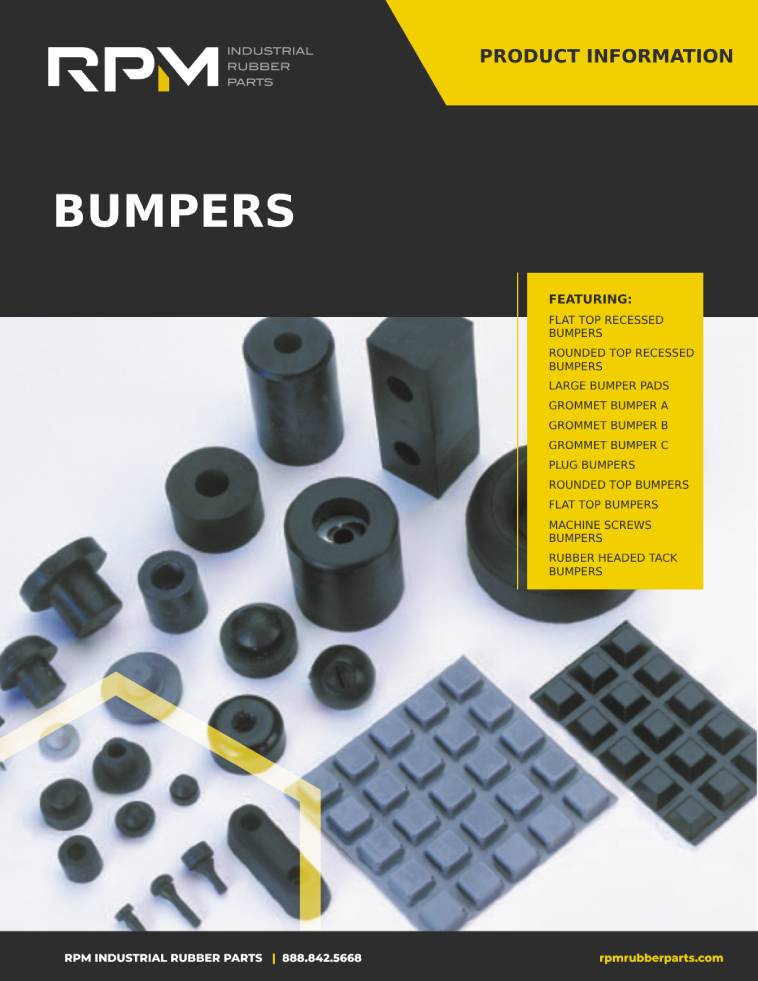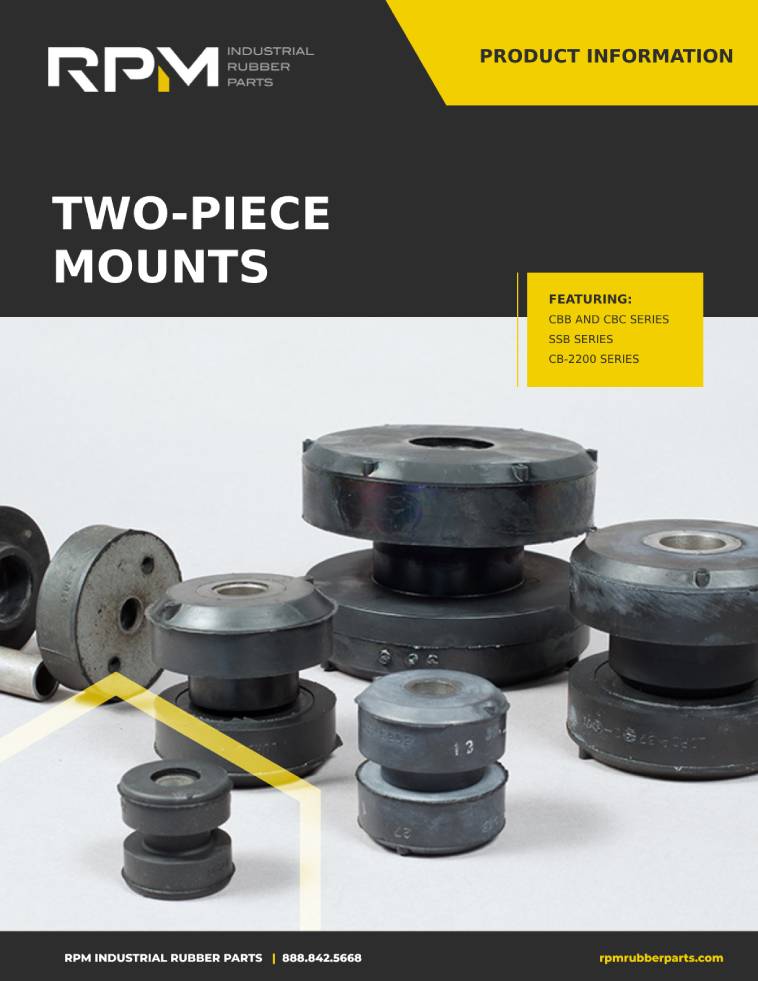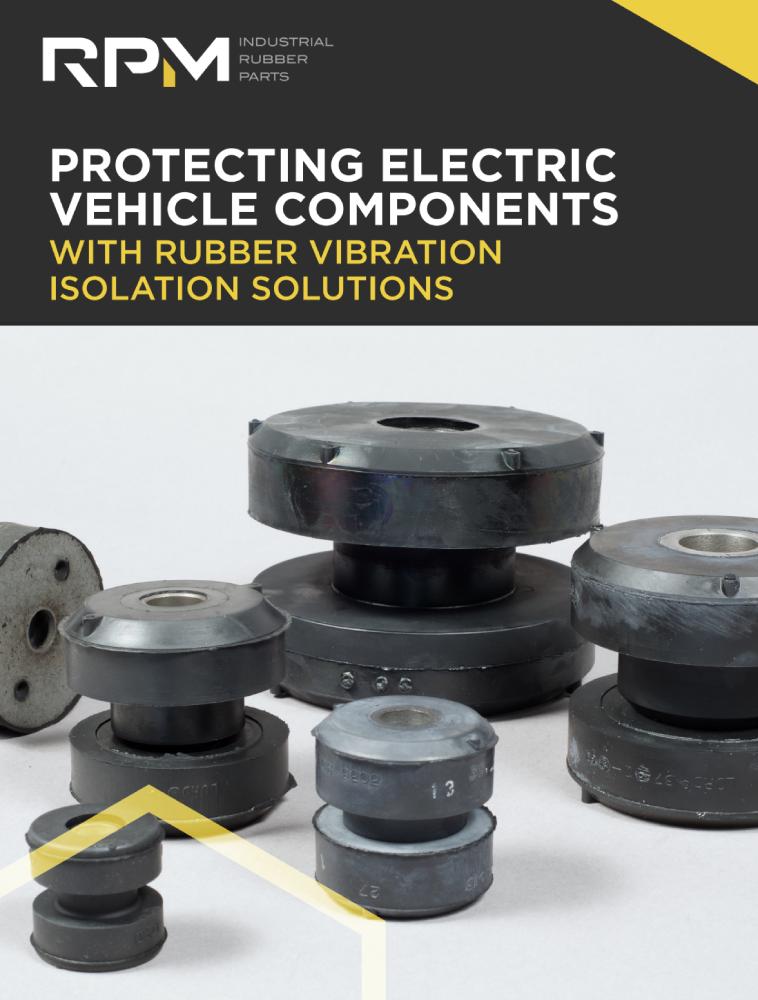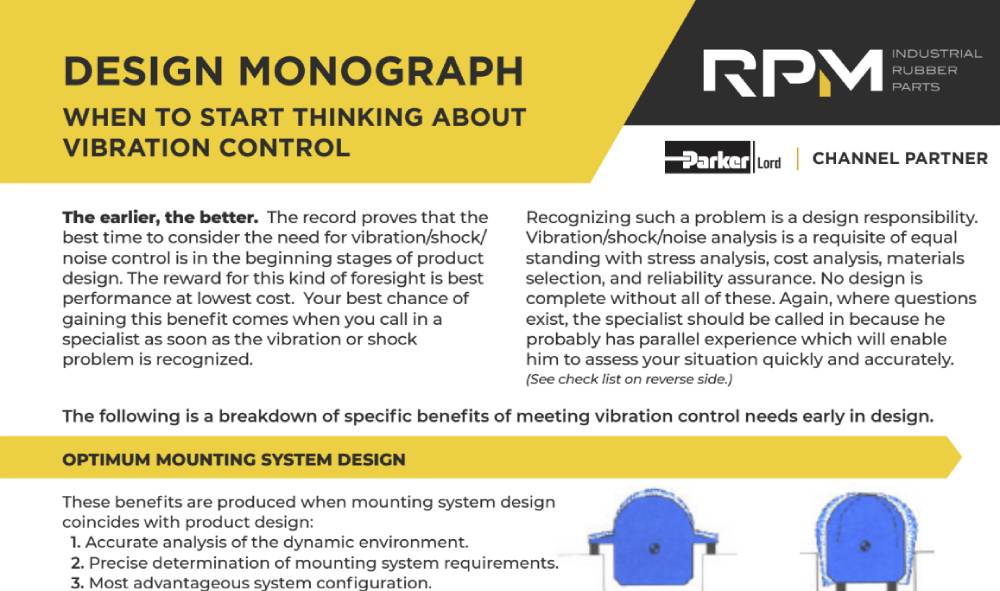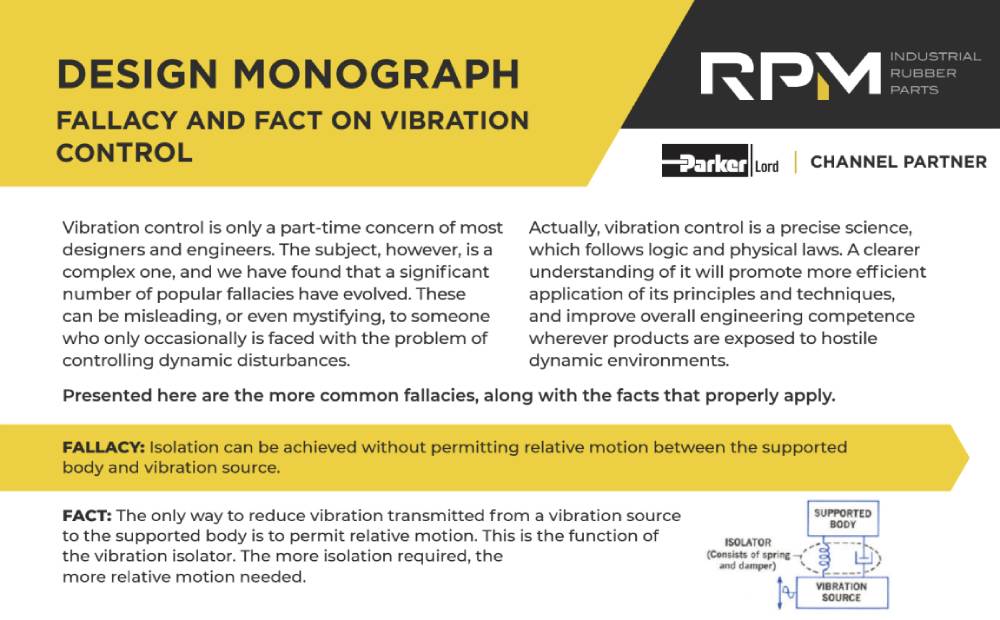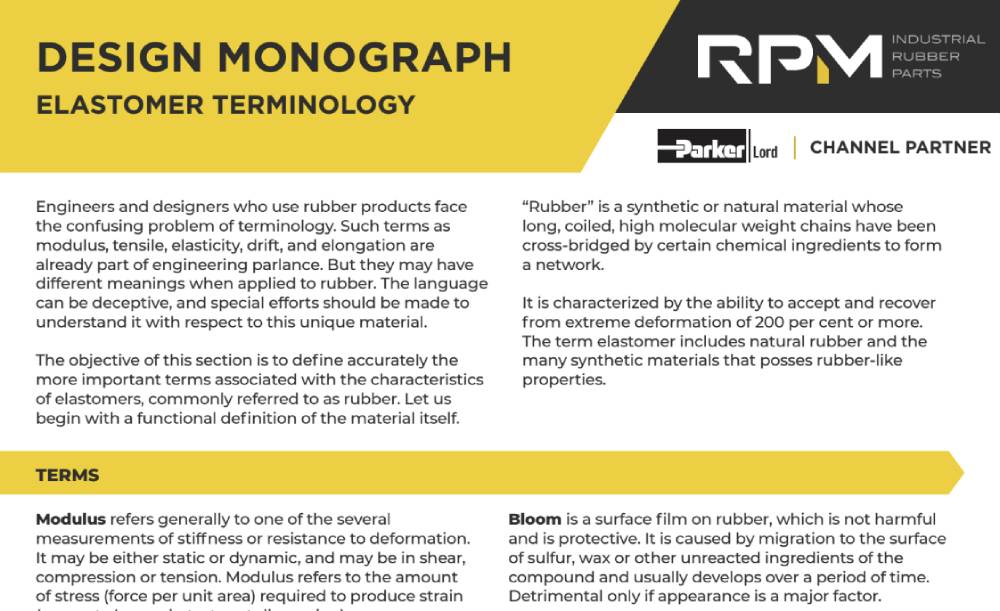Molded rubber has myriad uses in industries worldwide. Rubber vibration isolation, rubber molding, extruded rubber and rubber-to-metal bonding are just some of the must-have applications relevant for many businesses. These small products are essential for vehicles and machinery, spelling success or demise for standard operations.
There are a variety of specs that determine what kind of molding process is needed for your application. Cost effective solutions for molded rubber, and even whether or not your needs can be met with a customized rubber product, depend on the right fit for:
- Size
- Geometry
- Weight
- Material
- Volume
There are three large categories to mold and apply rubber. First, let’s review those three categories.
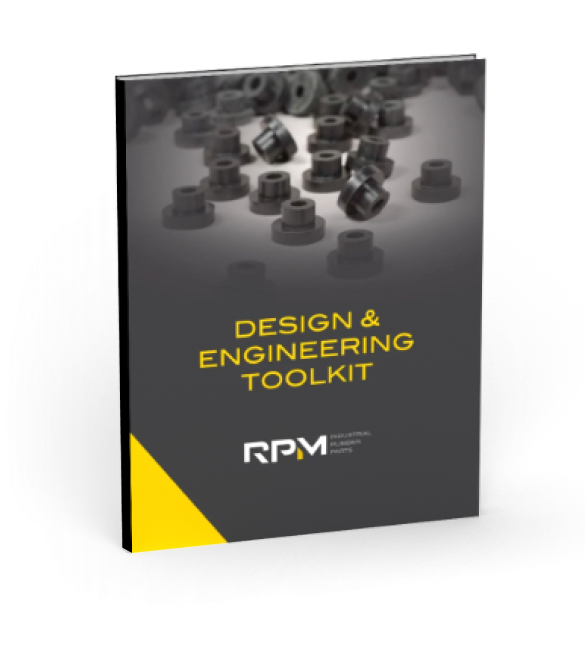
Do you really know everything about designing with rubber parts?
Get a free and valuable resource for finding or custom designing the exact part you need.
Rubber Transfer Molding
Rubber transfer molding is the right solution when a part has multiple cavities or intricate design. Pieces of machinery like this need a closed mold, in which rubber can bond to metal parts. It’s especially essential in cases where mold cavities are likely to hold air.
In rubber transfer molding, forms are loaded into a pot and then compressed with pistons. All of the rubber is forced through sprues to completely fill a cavity. This may be the right process for your equipment if it needs:
- Dimensional tolerance (no overspill and more exacting geometry
- Decreased viscosity (easy flow, reduced cure time)
A benefit is that, typically, only one pre-form is needed, as it can be used to fill more than one cavity. A drawback is that there can be more waste, as the rubber remaining after transfer will cure and has to be thrown out.
Rubber Compression Molding
Rubber compression molding is an original process. At the start of common use of rubber to solve issues of machine and device operation, compression molding worked on seals, O-rings, molding gaskets and even bulkier parts. It works best in incidents of low or medium production volumes and can also be used on larger parts.
In this traditional process, rubber compounds make pre-forms that mimic the shape of the product itself. These are loaded into open molds, where the rubber cures before it is removed. This has a few benefits, if the required quantity is fairly low, a tool for compression molding is available, and the materials are extremely strong. The drawbacks are that this process can require a lengthy curing time and requires large, very specific molds.
Injection Molding
Because of its simplicity and diverse use, injection molding has become the most popular process. Rubber molding through injection uses a nozzle and strategically placed sprues and runners to disseminate uncured stock through a mold. The rubber flows into hold cavities and cures.
Injection molding has its roots in plastics. Once engineers learned how to manipulate rubber with better accuracy, three offshoots of rubber injection molding came into play.
These are:
- Organic Rubber Injection
- Liquid Injection Molding or LSR Injection
- Thermoplastic Rubber Injection
Let’s break down these processes in greater detail.
1. Organic Rubber Injection
Organic rubber injection depends on efficient preparation of materials. After being mixed and stripped, the rubber goes into the screw in measured quantities. Once the barrel is full of the right quantity, it is injected into the cavities of the mold, where it cures. The benefit of this process is that it eliminates the need for operators to place pre-forms and it preheats the rubber. This can increase cycle time as well.
2. Liquid Injection Molding or LSR Injection
A second version of injection molding for rubber is liquid injection molding (LIM). A two part compound of liquid silicone goes into a mixer. This mixture is cured and then placed into an injection unit. Runners and gates, built into the mold cavity, direct the flow of the prepared rubber compound. All rubber part materials cure inside the mold and are then ejected before the next cycle of the molding process. The benefit of this process is to limit contamination (through closed systems) and accelerate cycle times. Frequently, manufacturers of medical products benefit from and use LIM for rubber injection.
3. Thermoplastic Rubber Injection
A third kind of rubber injection is thermoplastic (TPR) injection. Elastomers are actually processed like plastic and have similar performance to rubber. The injection molding process is similar to plastic injection or plastic injection molding. Without using actual rubber material, the time and effort of mixing or vulcanizing are eliminated. Thermoplastic elastomers, also known as TPEs, work in an injection mold and can be colored and recycled. A drawback is that these are only useful in high temp applications.
These three solutions are helpful and most commonly available in standards application processes. Sometimes, your needs may exceed or be outside of the standard issue. In this case, there are custom rubber injection molding options that are made-to-order and perfectly meet the brief.
Custom Rubber Injection Molding
Many businesses and manufacturers have unique needs for parts. Even as innovators create unique machinery for specific use, the issue arises to create said innovation at the lowest cost and highest efficiency. Most often, the solution is a custom one. That’s where custom rubber injection molding comes in.
Custom Rubber Manufacturers
RPM Industrial Rubber Parts is one company that can provide A-Z service for custom rubber parts, rubber molding, silicone rubber pieces, and more. The possibilities are limitless. With our abilities to leverage the latest techniques and best processes for rubber molding, extrusion, and bonding, we can help conceive and complete products that will perfectly meet your needs. We have over 50 years of experience in creating optimal, budget-friendly solutions for our clients.
Custom Rubber Supplier
Rubber molding is often an integral part of operations. These are not throwaways or ways in which you make due. If you’re struggling to find solutions or sources: we can help. For custom parts, we have an expert team that can be mobilized in an instant to take you through a 3-step process:
- Let’s define the part you need and start a design (we can use existing specs as well)
- We will prototype and build the custom rubber part you need
- In record time, we’ll ship out your custom part
We do it all. Injection molding and custom rubber parts are a shout away: so, reach out now.
To get in touch with our team at RPM Industrial Rubber Parts, give us a call at (888) 842-5668 or contact us online.
Related Resource
The Engineer’s 7-minute Guide to Rubber Molded Parts
Our free resource is a quick-reference guide to help you determine if exploring a rubber part is right for your application.









